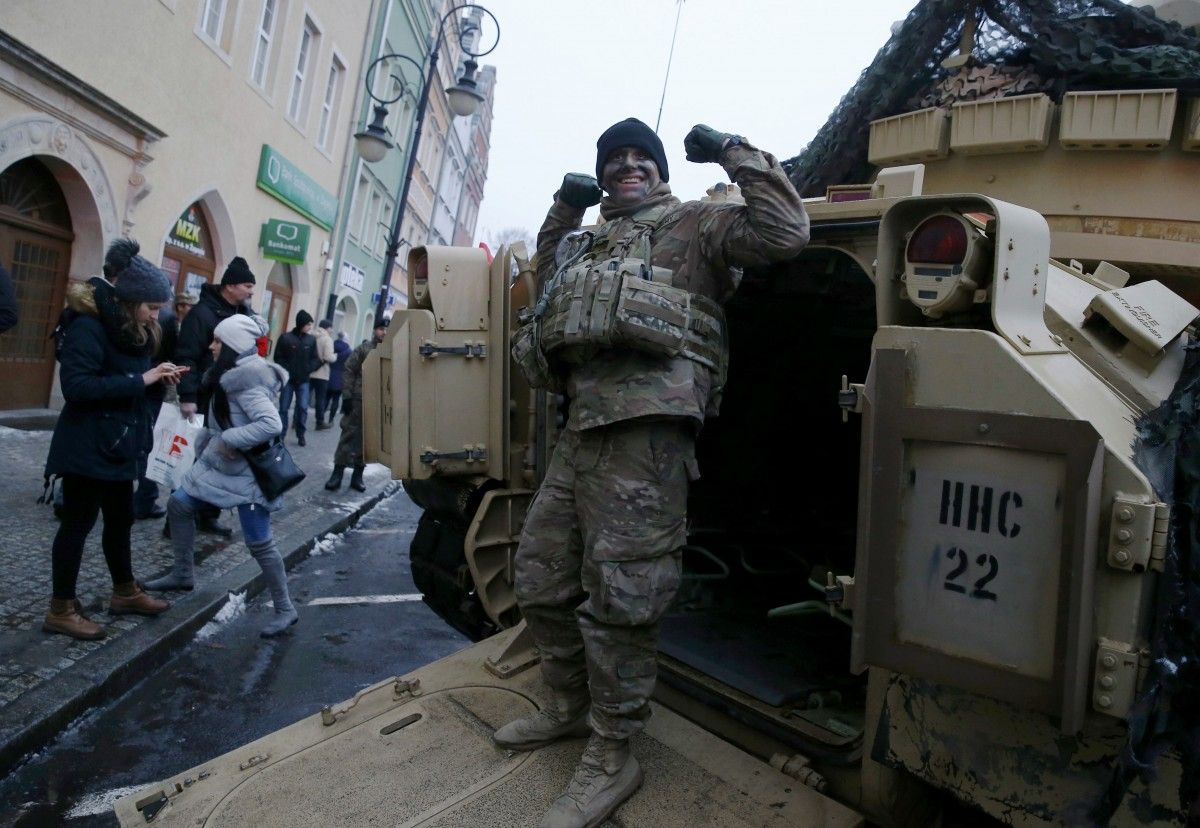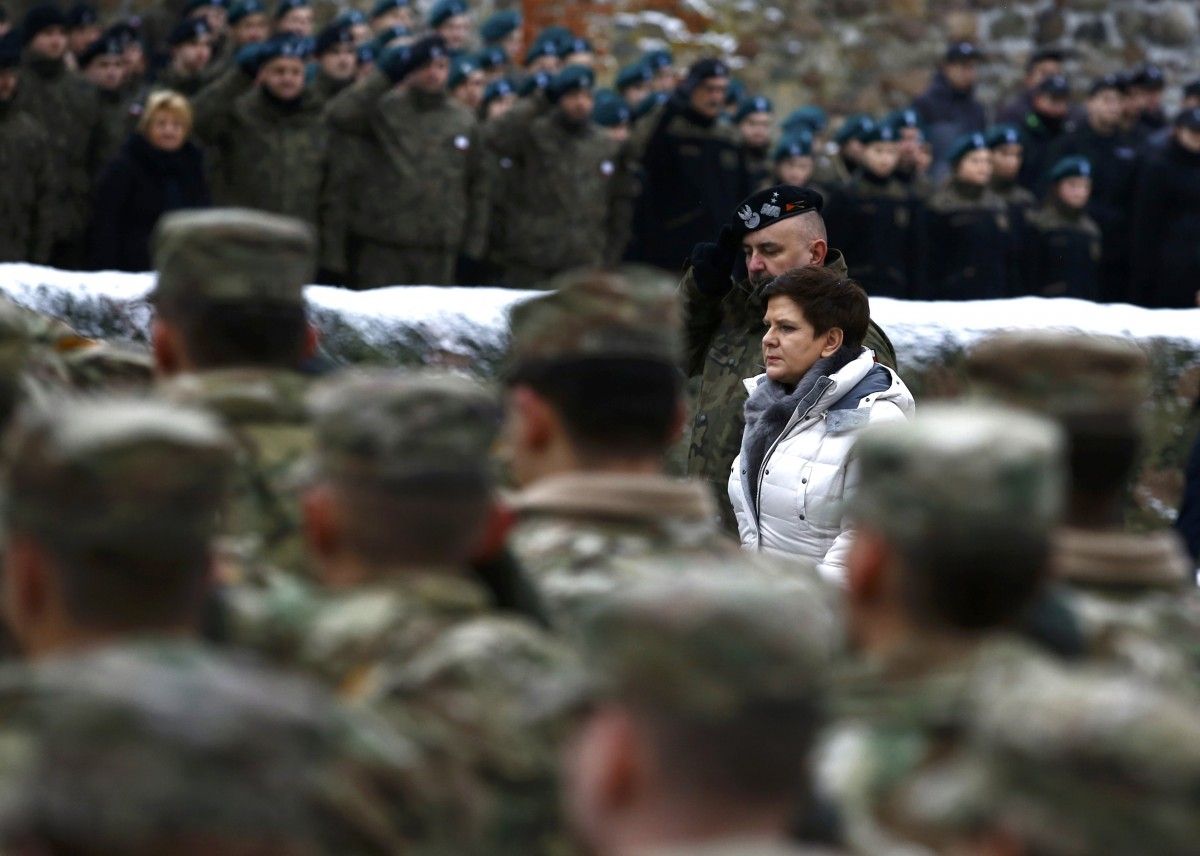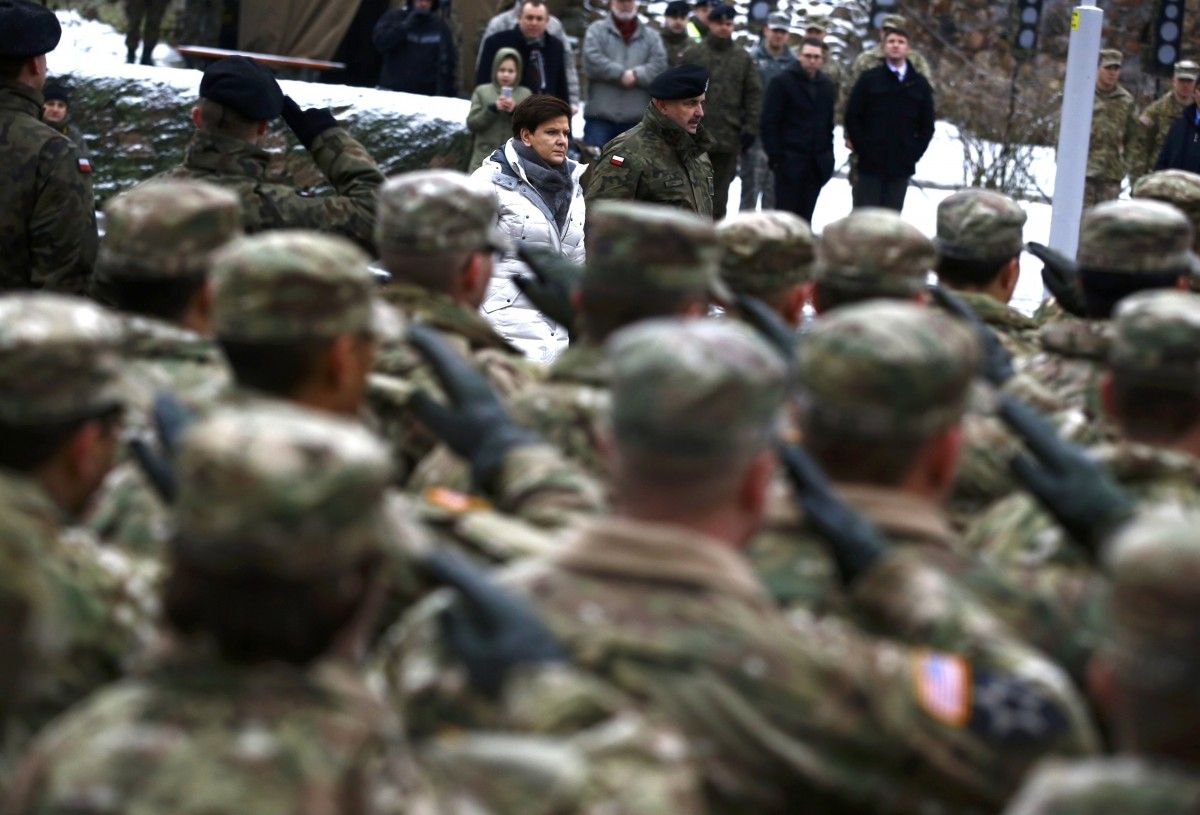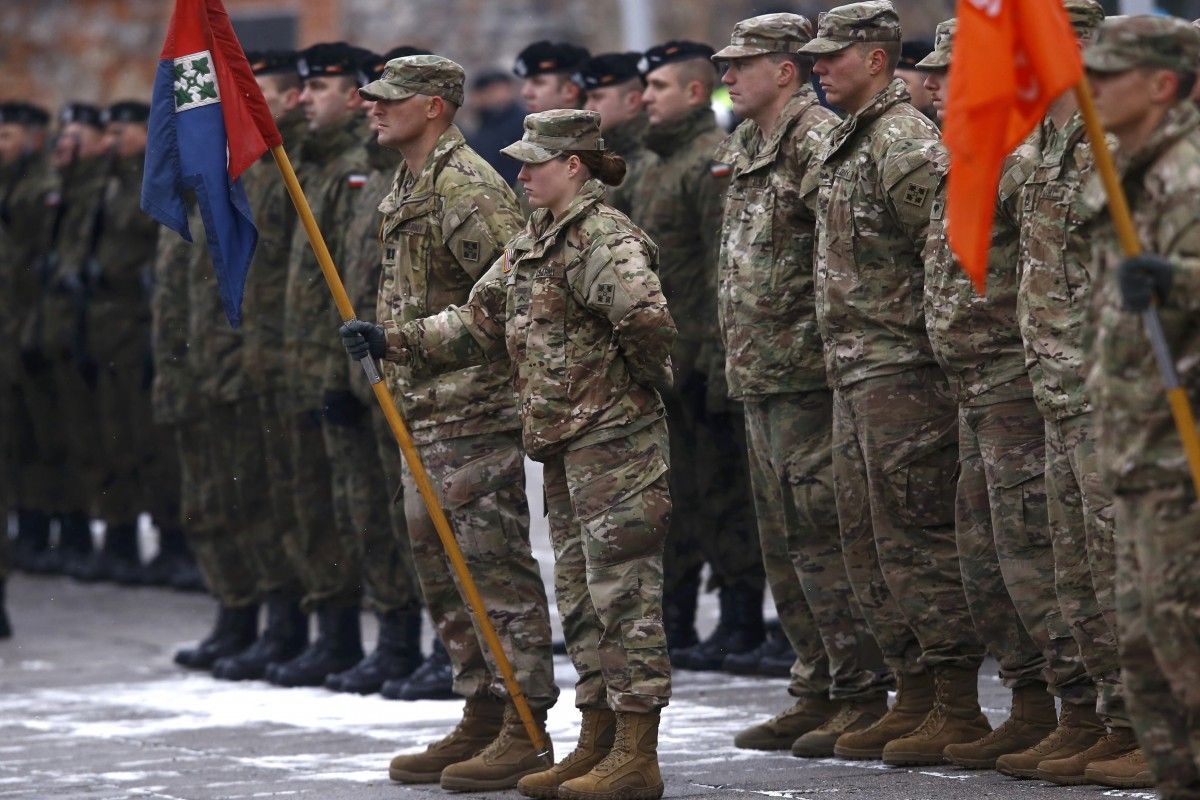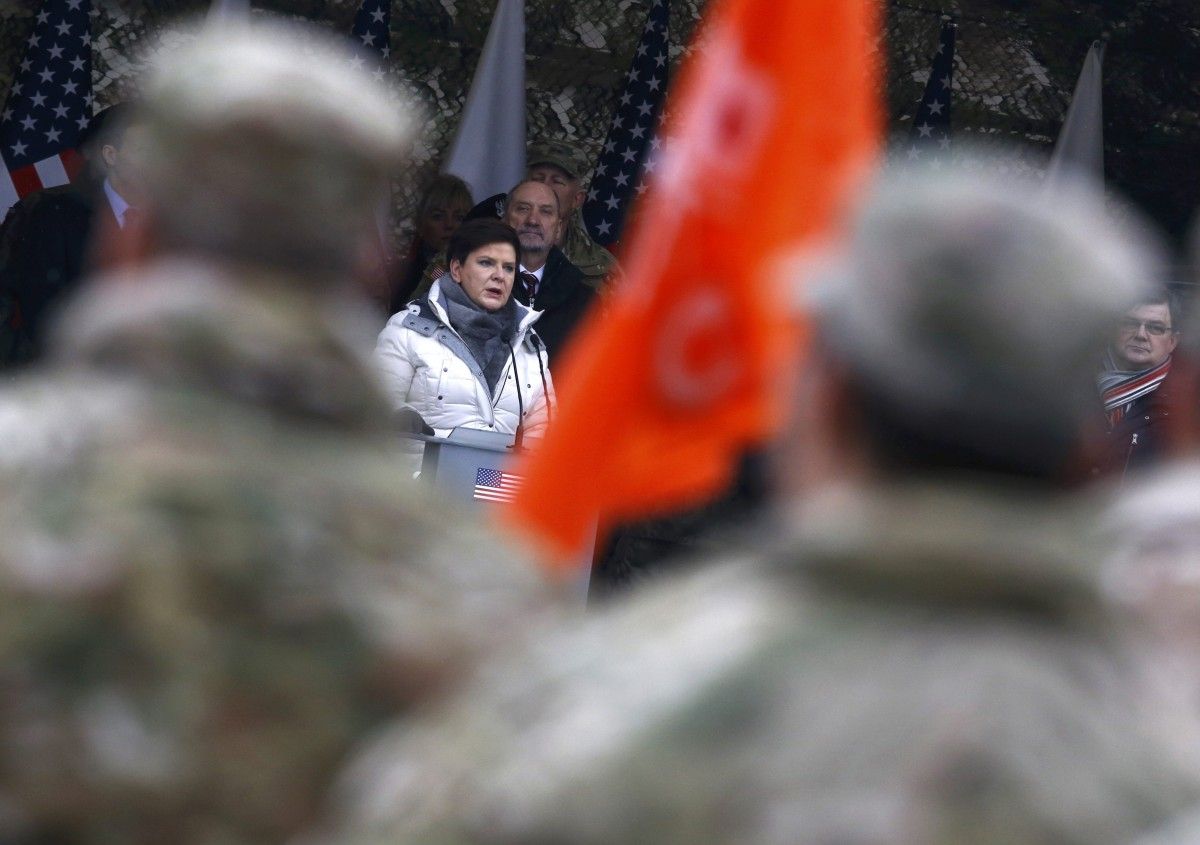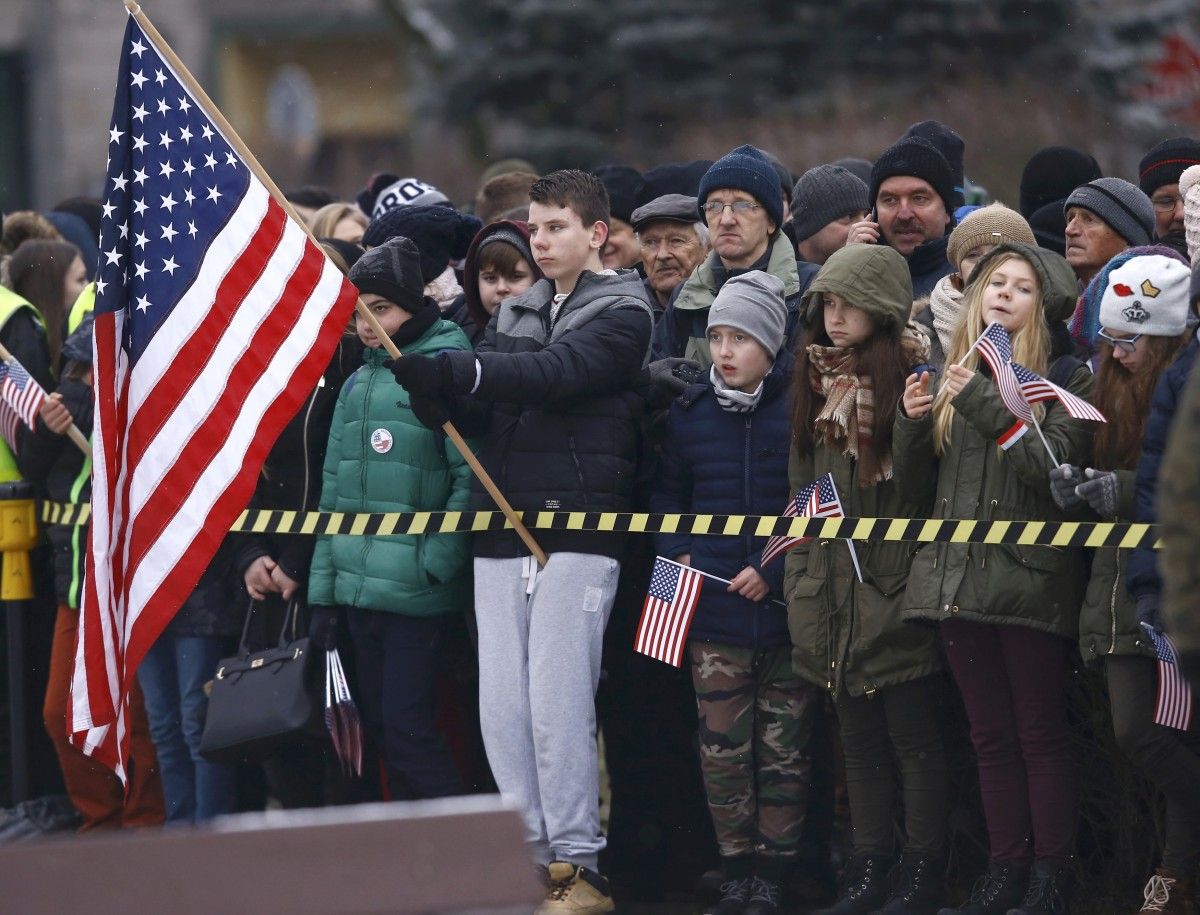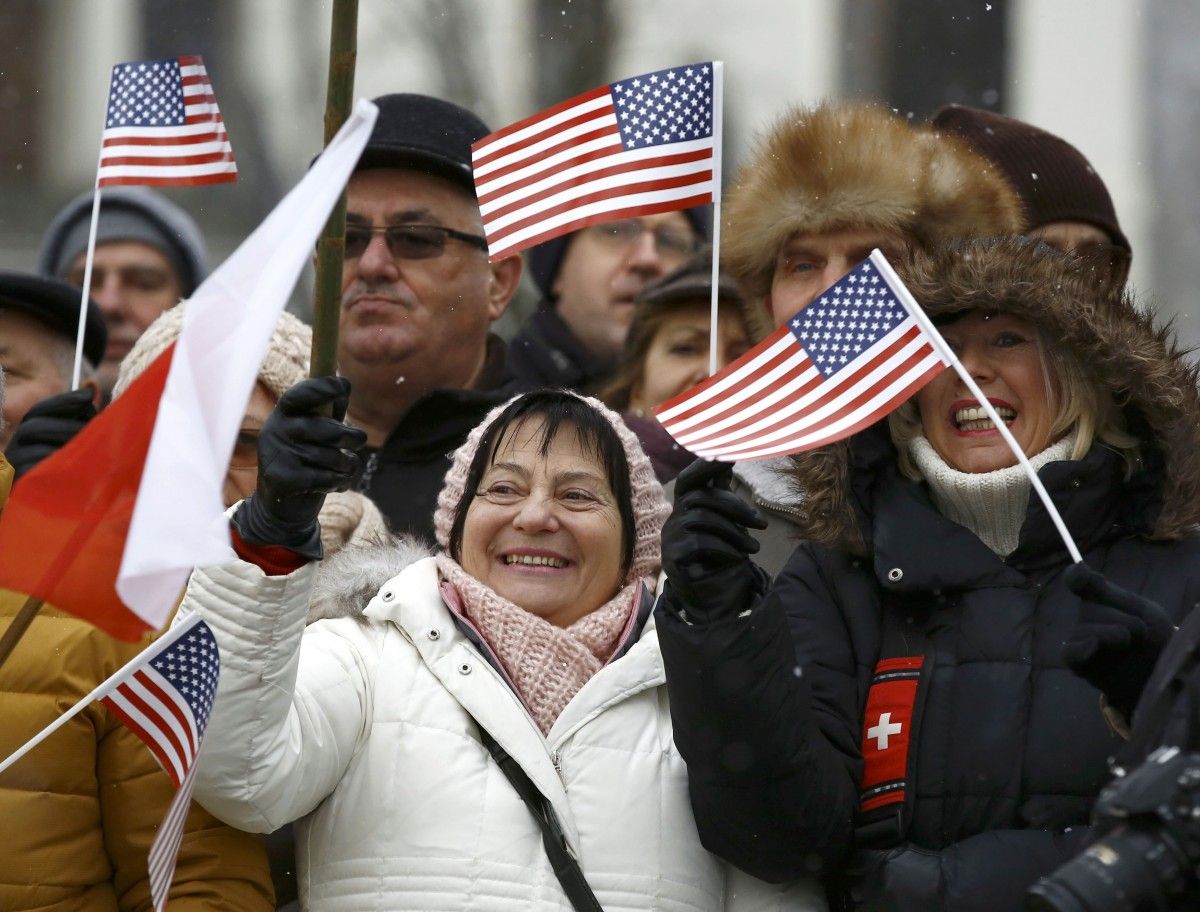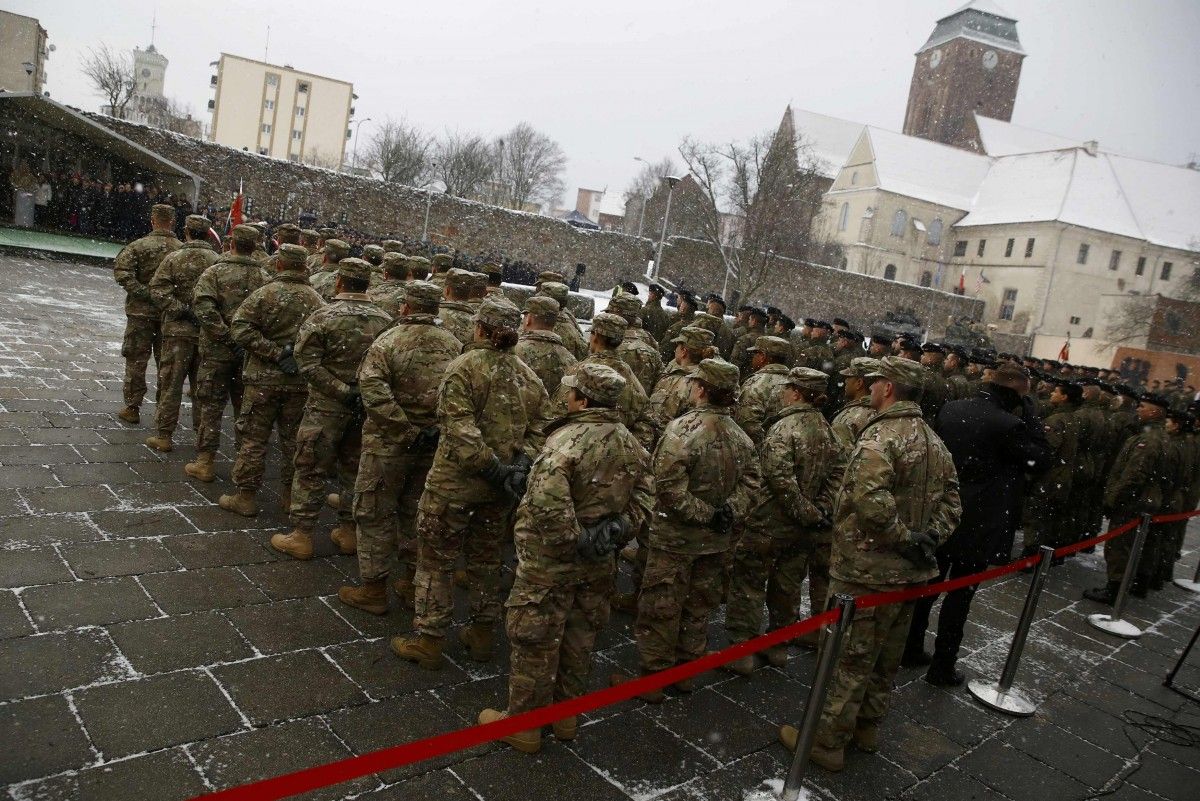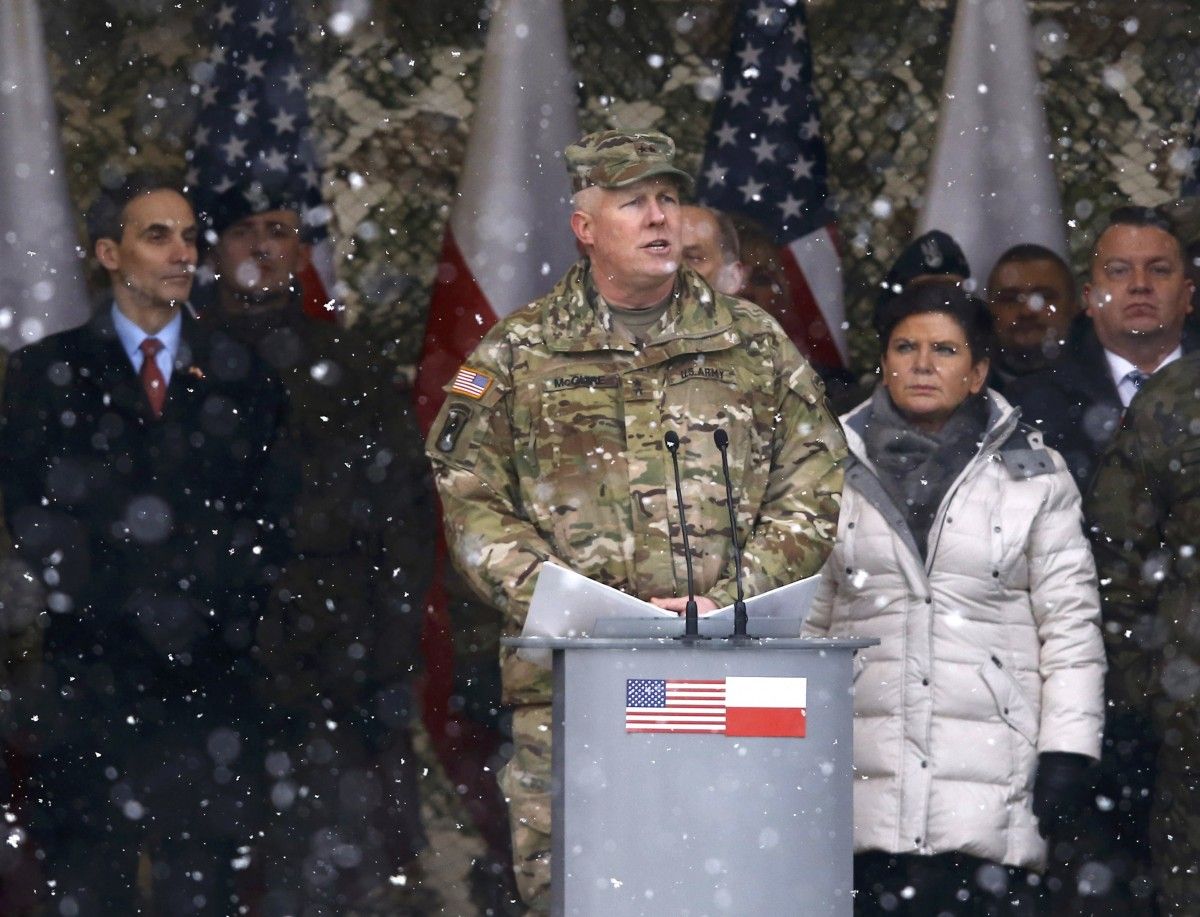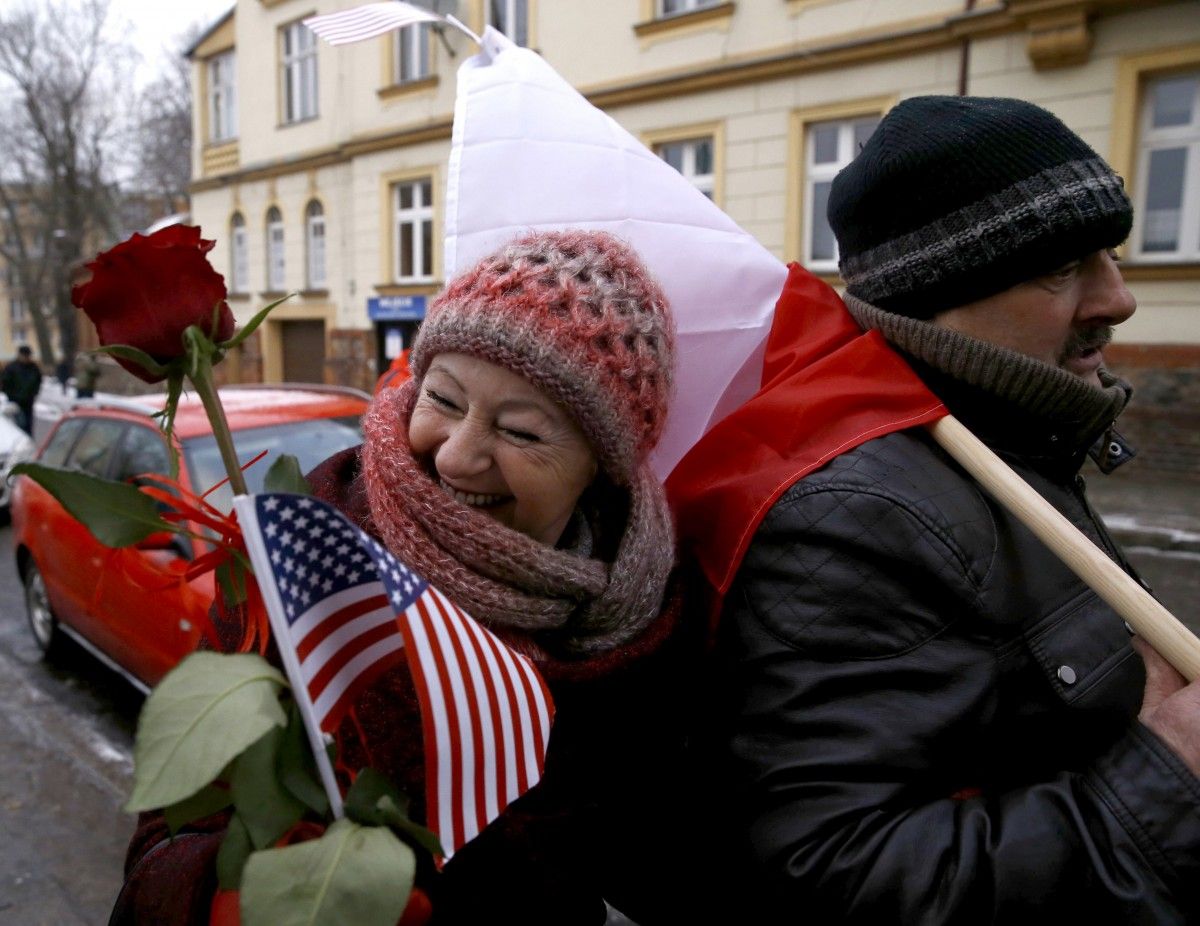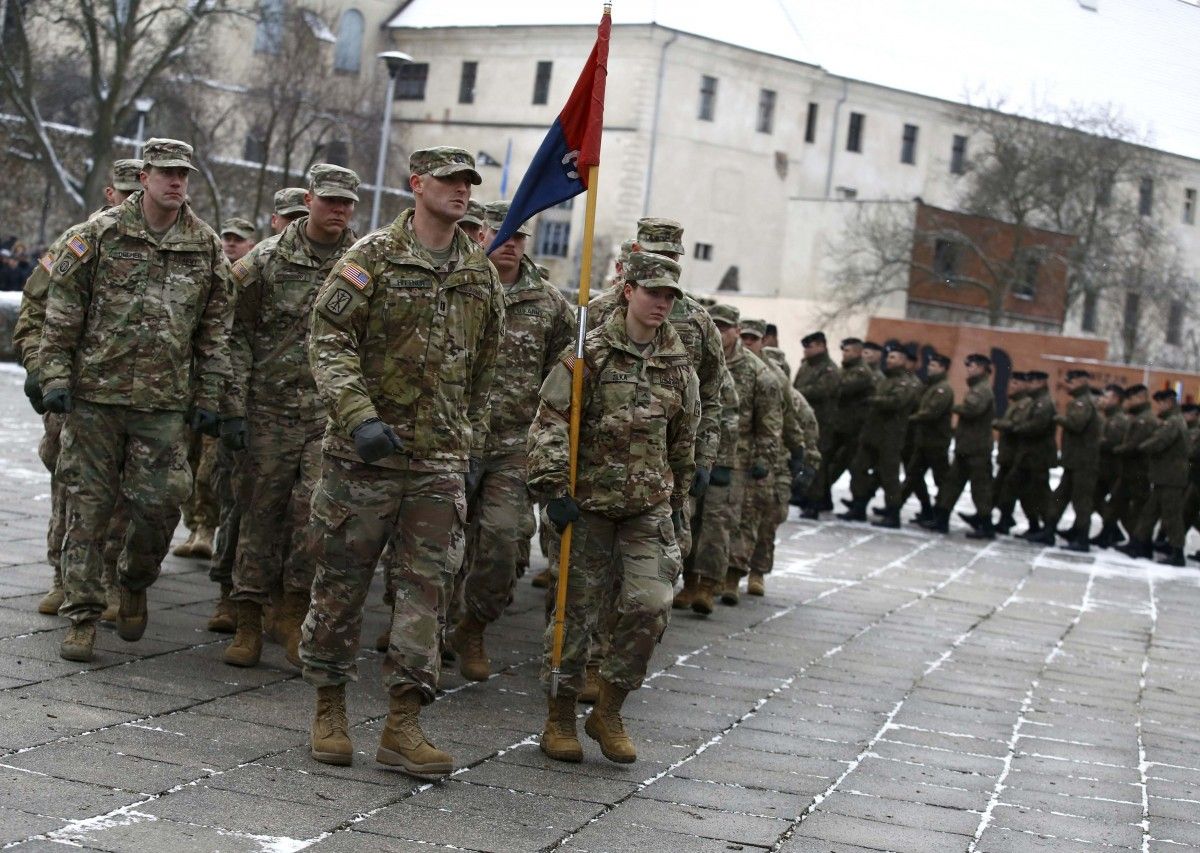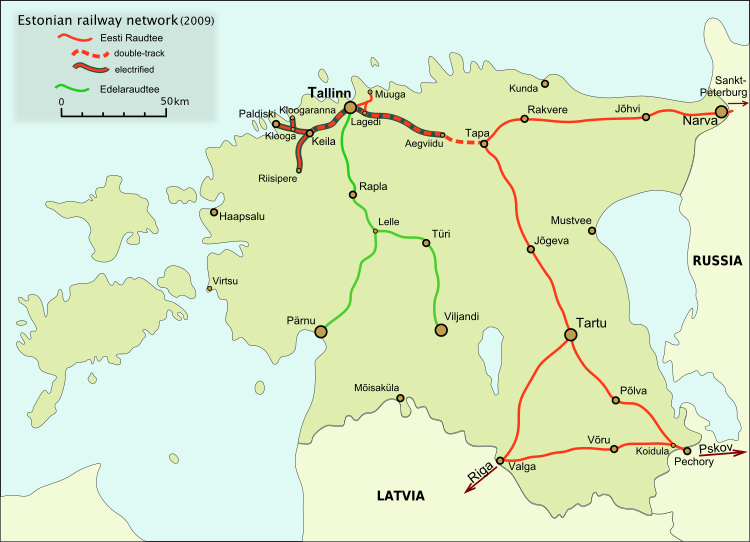Hindustani78
BANNED

- Joined
- Apr 8, 2014
- Messages
- 40,471
- Reaction score
- -47
- Country
- Location
Latvian defence budget is one of the fastest growing in the world
http://www.sargs.lv/Zinas/Military_News/2016/12/14-01.aspx#lastcomment
Ministry of Defence informs that Latvian defence budget approved by the Saeima is one of the fastest growing budgets in the world. As shown by analysis published by "IHS Markit" on October, 2016, the defence budgets of Latvia and Lithuania have increased the fastest since 2014, and this rate of growth will be continued until 2018.
In comparison with 2015, this year the defence budget had increased by 40%, but in 2017, in comparison with this year, the defence budget will grow by 22%.
Infographic prepared by the Ministry of Defence provides an expanded insight into defence budget implementation of 2017, explaining the more important priorities of defence sector, capacity development projects and the necessary financial amount required for implementation. Infographic also provides a view to overall dynamics of the budget of defence sector and its perspective in order to reach 2% of GDP by 2018.
Infographic shows distribution of financing for the largest development projects and expenditure items.
• Defence budget for 2017 is 449.57 million euro, i.e., 1.7% of GDP.
• From every 1 EUR paid in taxes, a total of 4.9 cents are alloted to defence in 2017.
• Budget for 2017 is divided in categories: 33% for investments, 28% for maintenance, 39% for personnel.
The biggest military capabilities projects in 2017 will be infrastructure development, reconnaissance, airspace surveillance and anti-air defence, as well as individual equipment, as well as Land Forces Infantry Brigade mechanization project.

http://www.sargs.lv/Zinas/Military_News/2016/12/28-01.aspx#lastcomment

US Republican Senator John McCain during his meeting with Latvian Defense Minister Raimonds Bergmanis reassured the US support to strengthening Latvia’s defense.
Bergmanis and Latvia’s Chief of Defense Lieutenant General Raimonds Graube today met with visiting Republican Senators John McCain and Lindsay Graham, and Democratic Senator Amy Klobuchar to discuss regional security and further bilateral cooperation.
Bergmanis said during the meeting that Latvia when adopting its 2017 budget is on the way to strengthen and develop its defense capabilites, proving itself as a strong NATO member state and strategic partner for the US.
The minister also agreed with the senators on the threat created by Russia and increase of its military activities in the past years.
McCain reassured the US support to Latvia in strengthening defense, underscoring the role of cyber defense in tackling general threats. "Messaging matters, language matters - in the traditional information space and cyber space alike," said McCain.
Senators today visited the National Guard headquarters and met with National Guard commander, Brigadier General Ainars Ozolins.
The senators have arrived in Latvia during their broader regional visit that includes also Georgia, Estonia, Lithuania, Montenegro and Ukraine.
The senators plan to meet also with President Raimonds Vejonis, Foreign Minister Edgars Rinkevics (Unity), Saeima speaker Inara Murniece (National Alliance).
http://www.sargs.lv/Zinas/Military_News/2016/12/14-01.aspx#lastcomment
Ministry of Defence informs that Latvian defence budget approved by the Saeima is one of the fastest growing budgets in the world. As shown by analysis published by "IHS Markit" on October, 2016, the defence budgets of Latvia and Lithuania have increased the fastest since 2014, and this rate of growth will be continued until 2018.
In comparison with 2015, this year the defence budget had increased by 40%, but in 2017, in comparison with this year, the defence budget will grow by 22%.
Infographic prepared by the Ministry of Defence provides an expanded insight into defence budget implementation of 2017, explaining the more important priorities of defence sector, capacity development projects and the necessary financial amount required for implementation. Infographic also provides a view to overall dynamics of the budget of defence sector and its perspective in order to reach 2% of GDP by 2018.
Infographic shows distribution of financing for the largest development projects and expenditure items.
• Defence budget for 2017 is 449.57 million euro, i.e., 1.7% of GDP.
• From every 1 EUR paid in taxes, a total of 4.9 cents are alloted to defence in 2017.
• Budget for 2017 is divided in categories: 33% for investments, 28% for maintenance, 39% for personnel.
The biggest military capabilities projects in 2017 will be infrastructure development, reconnaissance, airspace surveillance and anti-air defence, as well as individual equipment, as well as Land Forces Infantry Brigade mechanization project.
http://www.sargs.lv/Zinas/Military_News/2016/12/28-01.aspx#lastcomment
US Republican Senator John McCain during his meeting with Latvian Defense Minister Raimonds Bergmanis reassured the US support to strengthening Latvia’s defense.
Bergmanis and Latvia’s Chief of Defense Lieutenant General Raimonds Graube today met with visiting Republican Senators John McCain and Lindsay Graham, and Democratic Senator Amy Klobuchar to discuss regional security and further bilateral cooperation.
Bergmanis said during the meeting that Latvia when adopting its 2017 budget is on the way to strengthen and develop its defense capabilites, proving itself as a strong NATO member state and strategic partner for the US.
The minister also agreed with the senators on the threat created by Russia and increase of its military activities in the past years.
McCain reassured the US support to Latvia in strengthening defense, underscoring the role of cyber defense in tackling general threats. "Messaging matters, language matters - in the traditional information space and cyber space alike," said McCain.
Senators today visited the National Guard headquarters and met with National Guard commander, Brigadier General Ainars Ozolins.
The senators have arrived in Latvia during their broader regional visit that includes also Georgia, Estonia, Lithuania, Montenegro and Ukraine.
The senators plan to meet also with President Raimonds Vejonis, Foreign Minister Edgars Rinkevics (Unity), Saeima speaker Inara Murniece (National Alliance).










